Welcoming a Year of Sunshine: Yellow Plants for Every Month in Northeast Ohio
The beauty of a garden lies not only in its colors but also in the rhythm of blooms throughout the year. If you’re captivated by the warmth of yellow blossoms and are situated in Northeast Ohio, you’re in for a treat. Here’s a curated list of vibrant yellow plants that will grace your garden with new blooms each month.

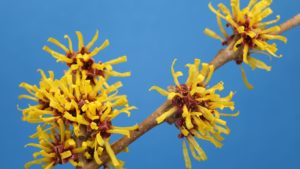
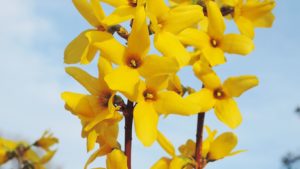


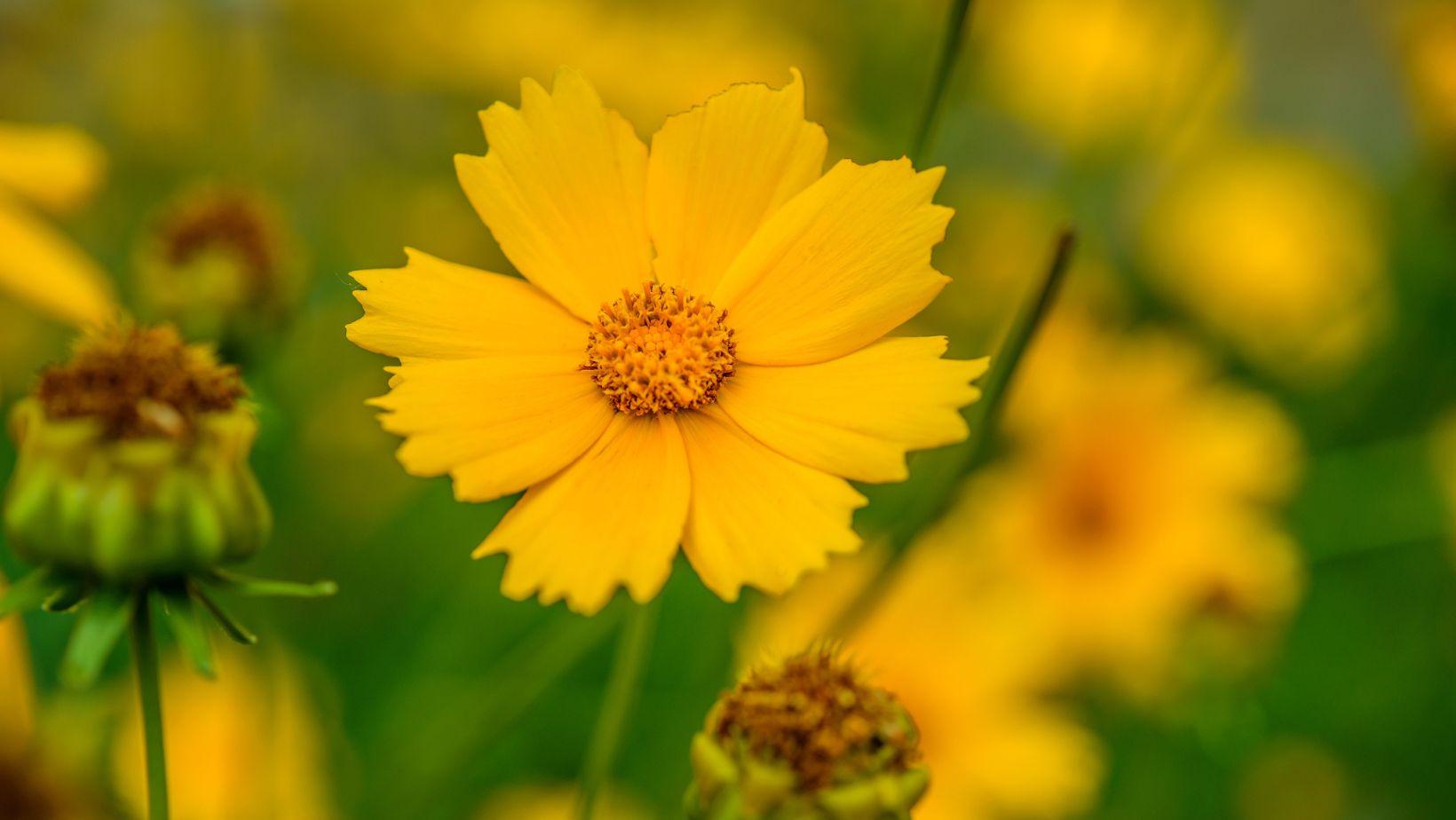
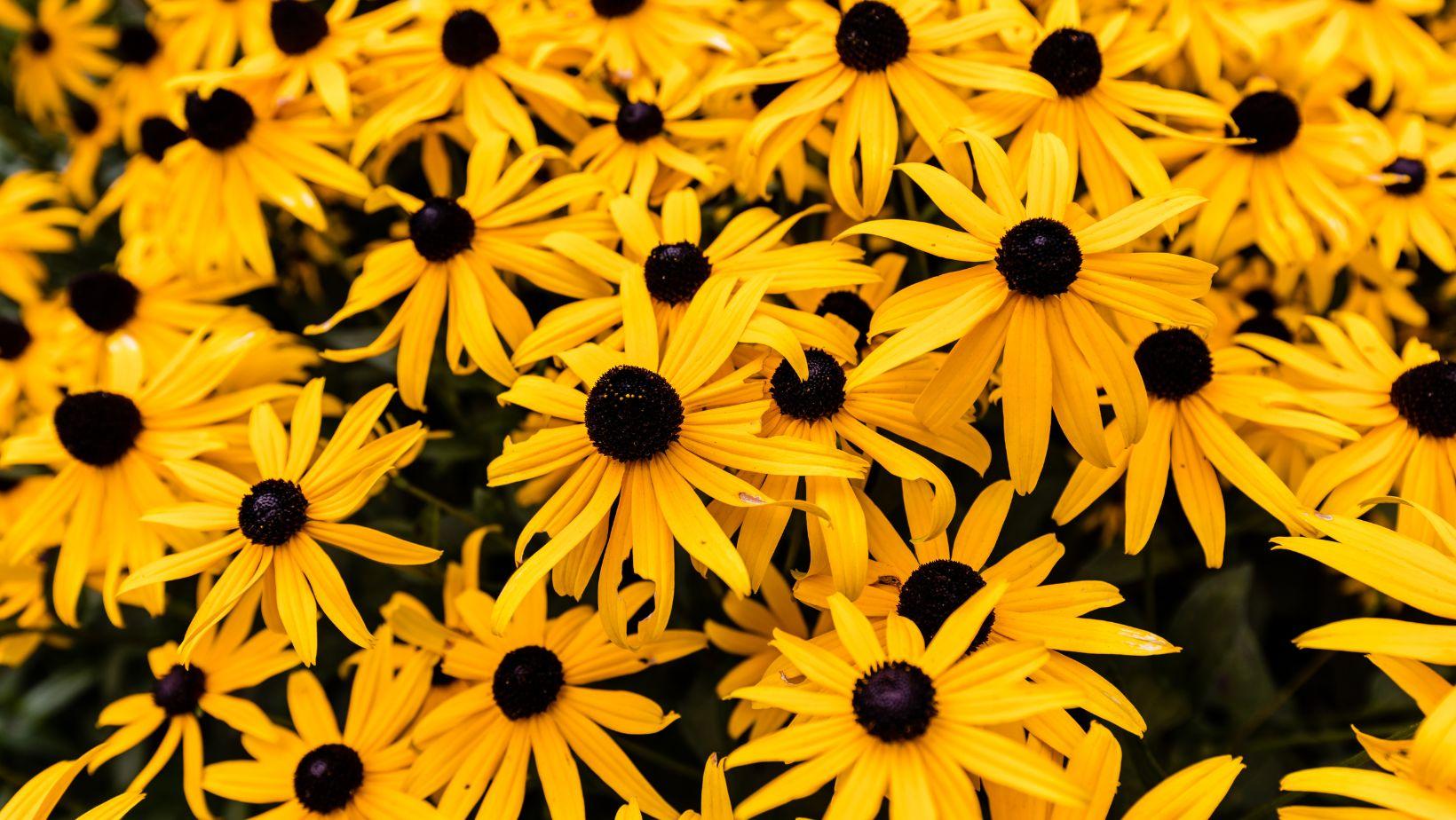
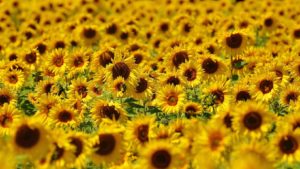
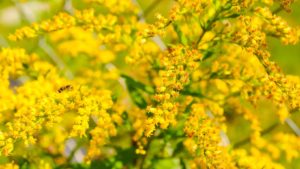
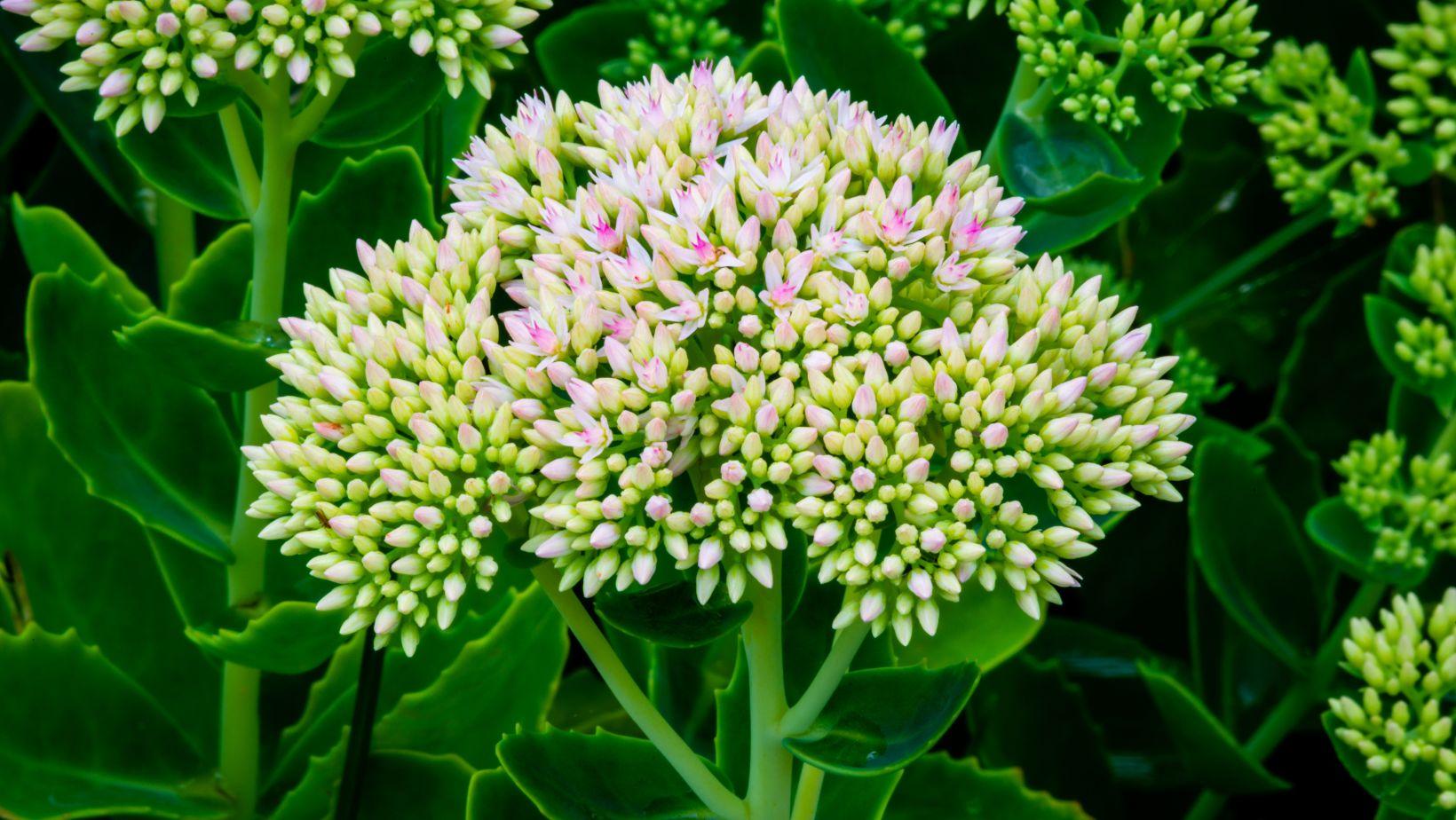



January – Winter Aconite (Eranthis hyemalis)
As a harbinger of spring, the Winter Aconite pushes through the snow to reveal cheerful yellow cup-shaped flowers. These delicate blooms can emerge as early as January, injecting a burst of color into the dormant landscape.- Sunlight: Plant in partial to full shade, especially in regions with warmer climates. Avoid excessive sunlight that can lead to wilting.
- Soil: Well-draining, humus-rich soil is essential. Winter Aconite thrives in moist, fertile soil with good water retention.
- Watering: Keep the soil consistently moist, especially during the establishment period. Adequate watering supports healthy growth and flower production.
- Temperature: Winter Aconite is cold hardy and can withstand cold temperatures. It often emerges through snow, signaling the end of winter.
- Spacing: Plant bulbs close together to create a dense display of flowers. This enhances their visual impact and ensures a charming carpet of blooms.
- Pruning: Minimal pruning is needed. Remove faded foliage after blooming to encourage the plant’s energy towards bulb development.
- Mulching: Apply a layer of organic mulch to protect bulbs during colder months and help retain moisture.
- Fertilization: Provide a balanced, slow-release fertilizer in early spring to support bulb growth and flowering.
- Pest and Disease Control: Winter Aconite is relatively resistant to pests and diseases. Vigilance and proper care prevent issues.
- Planting Time: Plant bulbs in the early fall, before the ground freezes. This allows the roots to establish before winter.

February – Witch Hazel (Hamamelis spp.)
With its fascinating ribbon-like petals, the Witch Hazel blooms amid late winter. This shrub’s spidery, fragrant flowers add a touch of golden elegance, signaling the approaching spring.- Sunlight: Plant Witch Hazel in partial to full sun. It appreciates some shade during the hottest part of the day in regions with intense sunlight.
- Soil: Well-draining soil is crucial. Witch Hazel prefers slightly acidic to neutral soil with good moisture retention. Avoid waterlogged or heavy clay soils.
- Watering: Keep the soil consistently moist, especially during its establishment period. Once established, Witch Hazel is relatively drought-tolerant, but regular watering during dry spells will ensure optimal growth.
- Temperature: Witch Hazel is cold hardy and can tolerate cold winters. It’s essential to choose a variety suitable for your USDA hardiness zone.
- Spacing: Give Witch Hazel enough space to grow without crowding. Proper spacing ensures good air circulation and prevents disease.
- Pruning: Minimal pruning is generally required. Remove dead or diseased branches, and shape the plant after flowering if necessary.
- Mulching: Apply a layer of organic mulch around the base of the shrub to help retain moisture and regulate soil temperature.
- Fertilization: In nutrient-poor soils, you can apply a balanced slow-release fertilizer in spring. However, Witch Hazel generally doesn’t demand heavy feeding.
- Pest and Disease Control: Witch Hazel is relatively resistant to pests and diseases. Regular monitoring and addressing any issues promptly will help maintain its health.
- Planting Time: Plant Witch Hazel in the fall or early spring when the weather is cooler. This allows the shrub to establish its roots before facing harsh conditions.

March – Forsythia (Forsythia spp.)
March witnesses the Forsythia’s breathtaking display of bright yellow flowers. This deciduous shrub blankets itself with blossoms, setting the stage for the verdant season ahead.- Sunlight: Plant in full sun to partial shade. Forsythia flourishes in ample sunlight, which promotes abundant flowering.
- Soil: Well-draining soil is essential. While Forsythia can tolerate various soil types, it prefers slightly acidic to neutral soil with good moisture retention.
- Watering: Keep the soil consistently moist, especially during the establishment period. Regular watering supports healthy growth and flowering.
- Temperature: Forsythia is cold hardy and can withstand winter temperatures. It thrives in climates with distinct seasons.
- Spacing: Allow enough space between plants to encourage air circulation and prevent disease.
- Pruning: Prune immediately after flowering to control its size and shape. Forsythia blooms on old wood, so pruning after blooming preserves next year’s blossoms.
- Mulching: Apply a layer of organic mulch around the base to retain soil moisture and regulate temperature.
- Fertilization: Apply a balanced, slow-release fertilizer in early spring to provide essential nutrients.
- Pest and Disease Control: Forsythia is generally resistant to pests and diseases. Regular inspection and proper care will help maintain its health.
- Planting Time: Fall or early spring is the best time for planting Forsythia. This allows the shrub to establish before facing harsh weather conditions.

April – Daffodils (Narcissus spp.)
Daffodils grace April with their iconic trumpet-shaped blooms. These cheerful flowers come in various sizes and forms, creating a joyful spectacle in gardens and landscapes.- Sunlight: Plant in an area with full sun to partial shade. Daffodils require sunlight for healthy growth and vibrant flowering.
- Soil: Well-draining soil is crucial. Daffodils prefer slightly acidic to neutral soil that doesn’t retain excessive moisture.
- Watering: Keep the soil consistently moist during the growing season, but avoid waterlogged conditions. Adequate moisture supports bulb development.
- Temperature: Daffodils are cold hardy and can withstand winter temperatures. They require a period of cold dormancy for proper growth and blooming.
- Spacing: Plant bulbs with enough space between them to encourage air circulation and prevent disease.
- Pruning: Deadhead spent flowers to divert energy towards bulb development. Allow the foliage to wither naturally after flowering to nourish the bulb.
- Mulching: Apply a layer of organic mulch around the base to retain soil moisture and regulate temperature.
- Fertilization: Apply a balanced, slow-release fertilizer in early spring when shoots emerge. Avoid excessive fertilization, as it can lead to foliage growth at the expense of blooms.
- Pest and Disease Control: Daffodils are generally resistant to pests and diseases. Proper care and monitoring will help maintain their health.
- Planting Time: Plant bulbs in the fall, before the first frost. This allows the roots to establish before winter dormancy.

May – Golden Columbine (Aquilegia chrysantha)
May heralds the Golden Columbine’s intricate yellow flowers. Their unique shape and delicate charm attract both gardeners and pollinators, making them a true gem of spring.- Sunlight: Plant in partial shade to full sun. While it can tolerate some shade, more sunlight often leads to more prolific flowering.
- Soil: Well-draining, slightly acidic to neutral soil is ideal. Avoid heavy clay soil that retains excess moisture.
- Watering: Keep the soil consistently moist, especially during the growing season. Regular watering supports healthy growth and flowering.
- Temperature: Golden Columbine is generally cold hardy and can withstand winter temperatures. It thrives in climates with distinct seasons.
- Spacing: Allow adequate space between plants for air circulation, preventing disease.
- Pruning: Deadhead spent flowers to encourage continuous blooming. After flowering, trim back the foliage to promote new growth.
- Mulching: Apply a layer of organic mulch around the base to retain soil moisture and regulate temperature.
- Fertilization: Apply a balanced, slow-release fertilizer in early spring to support vigorous growth and blooming.
- Pest and Disease Control: Golden Columbine is generally resistant to pests and diseases. Proper care and inspection will maintain its health.
- Planting Time: Plant in the fall or early spring when temperatures are cooler. This allows the plant to establish before the growing season.

June – Coreopsis (Coreopsis spp.)
As summer approaches, Coreopsis bursts forth with its yellow daisy-like blossoms. These hardy perennials thrive in various conditions, from gardens to wildflower meadows.- Sunlight: Plant in full sun. Coreopsis thrives in sunlight and requires at least six hours of direct sunlight daily.
- Soil: Well-draining, sandy or loamy soil is ideal. Coreopsis prefers slightly acidic to neutral soil that doesn’t retain excess moisture.
- Watering: Keep the soil consistently moist during the establishment period. Once established, Coreopsis is drought-tolerant and requires less frequent watering.
- Temperature: Coreopsis is cold hardy and can withstand various temperatures. It’s adaptable to different climate zones.
- Spacing: Provide enough space between plants for air circulation, which helps prevent disease.
- Pruning: Deadhead spent flowers to encourage continuous blooming. Lightly prune after the first bloom to promote new flower growth.
- Mulching: Apply a layer of organic mulch around the base to retain soil moisture and regulate temperature.
- Fertilization: Apply a balanced, slow-release fertilizer in early spring to support vigorous growth and flowering.
- Pest and Disease Control: Coreopsis is generally resistant to pests and diseases. Regular observation and proper care will maintain its health.
- Planting Time: Plant in the spring after the last frost or in early fall. This allows time for root establishment before temperature extremes.

July – Black-eyed Susan (Rudbeckia hirta)
The cheerful Black-eyed Susan graces July with its vibrant yellow petals and distinctive dark centers. These hardy natives add a touch of wild beauty to any garden.- Sunlight: Plant in full sun. Black-Eyed Susan thrives in sunlight and requires at least six hours of direct sunlight daily.
- Soil: Well-draining, loamy soil is ideal. It prefers slightly acidic to neutral soil that doesn’t become waterlogged.
- Watering: Keep the soil consistently moist during the growing season, especially when establishing. Once established, it’s relatively drought-tolerant.
- Temperature: Black-Eyed Susan is cold hardy and can endure different temperatures. It adapts well to various climate zones.
- Spacing: Provide enough space between plants for good air circulation, which helps prevent disease.
- Pruning: Deadhead spent flowers to encourage continuous blooming. Remove faded blooms to promote new flower growth.
- Mulching: Apply a layer of organic mulch around the base to retain soil moisture and regulate temperature.
- Fertilization: Apply a balanced, slow-release fertilizer in early spring to support vigorous growth and flowering.
- Pest and Disease Control: Black-Eyed Susan is generally resistant to pests and diseases. Regular observation and care are essential.
- Planting Time: Plant seeds in the spring after the last frost. This allows time for germination and establishment before summer.

August – Sunflowers (Helianthus spp.)
August belongs to the Sunflower, a quintessential symbol of summer. With their towering stems and radiant heads, they capture the essence of sunny days.- Sunlight: Plant in full sun. Sunflowers are sun-loving plants and require at least six to eight hours of direct sunlight daily.
- Soil: Well-draining, loamy soil is ideal. Sunflowers can tolerate a range of soil types but prefer slightly acidic to neutral soil.
- Watering: Keep the soil consistently moist during the growing season, especially during establishment. Adequate watering supports healthy growth.
- Temperature: Sunflowers thrive in warm temperatures. They’re not only heat-tolerant but also need warmth for optimal growth.
- Spacing: Allow sufficient space between plants to prevent crowding and ensure good air circulation.
- Pruning: Deadhead spent flowers to encourage continuous blooming and prevent seed formation. Pruning can prolong flowering.
- Mulching: Apply a layer of organic mulch around the base to retain soil moisture and regulate temperature.
- Fertilization: Apply a balanced, slow-release fertilizer at planting time to provide essential nutrients.
- Pest and Disease Control: Sunflowers are generally resilient to pests and diseases. Regular monitoring and proper care are essential.
- Planting Time: Plant sunflower seeds directly in the garden after the last frost date. They’re best sown in warm soil.

September – Goldenrod (Solidago spp.)
Goldenrod takes the spotlight in September with its plumes of tiny yellow flowers. Often mistaken for causing allergies (which is usually pollen from other plants), Goldenrod actually provides valuable late-season nectar for pollinators.- Sunlight: Plant in full sun to partial shade. Goldenrod thrives in sunlight and requires at least six hours of direct sunlight daily.
- Soil: Well-draining, loamy soil is ideal. Goldenrod can tolerate a range of soil types but prefers slightly acidic to neutral soil.
- Watering: Keep the soil consistently moist during the growing season, especially during establishment. Adequate watering supports healthy growth.
- Temperature: Goldenrod is adaptable to various temperatures. It’s generally cold hardy and can withstand different climate conditions.
- Spacing: Allow enough space between plants for good air circulation, which helps prevent disease.
- Pruning: Deadhead spent flowers to encourage continuous blooming and prevent seed formation. Pruning can promote new flower growth.
- Mulching: Apply a layer of organic mulch around the base to retain soil moisture and regulate temperature.
- Fertilization: Apply a balanced, slow-release fertilizer in early spring to support vigorous growth and flowering.
- Pest and Disease Control: Goldenrod is relatively resistant to pests and diseases. Regular inspection and care will help maintain its health.
- Planting Time: Plant Goldenrod in the spring after the last frost or in early fall. This allows time for root establishment before temperature extremes.

October – Autumn Joy Sedum (Hylotelephium ‘Herbstfreude’)
As the days grow shorter, the Autumn Joy Sedum transforms into a sea of pink and yellow hues. These succulent blooms add texture and interest to fall landscapes.- Sunlight: Plant in a sunny location with at least six hours of direct sunlight daily. This promotes healthy flowering and sturdy growth.
- Soil: Well-draining, sandy or loamy soil is ideal for Autumn Joy Sedum. Avoid waterlogged or heavy clay soils that can lead to root rot.
- Watering: Water moderately, allowing the soil to dry between waterings. Once established, Autumn Joy Sedum is drought-tolerant and requires less frequent watering.
- Temperature: This sedum variety thrives in climates with distinct seasons. It’s cold hardy and can withstand winter temperatures.
- Spacing: Provide adequate spacing between plants to encourage air circulation and prevent disease.
- Pruning: While minimal pruning is required, you can trim faded flower heads after blooming to tidy up the plant’s appearance.
- Mulching: Apply a thin layer of organic mulch around the base to help retain soil moisture and regulate temperature.
- Fertilization: Fertilize in early spring with a balanced, slow-release fertilizer to support vigorous growth.
- Pest and Disease Control: Autumn Joy Sedum is generally resistant to pests and diseases. Proper care and monitoring can prevent issues.
- Planting Time: Spring or early summer is the best time to plant Autumn Joy Sedum. This allows the plant to establish before its fall bloom.

November – Witch Hazel (Hamamelis spp.)
In November, the Witch Hazel reappears, casting its spell with fragrant, spidery blooms that create a captivating contrast against the autumn foliage.- Sunlight: Plant Witch Hazel in partial to full sun. It appreciates some shade during the hottest part of the day in regions with intense sunlight.
- Soil: Well-draining soil is crucial. Witch Hazel prefers slightly acidic to neutral soil with good moisture retention. Avoid waterlogged or heavy clay soils.
- Watering: Keep the soil consistently moist, especially during its establishment period. Once established, Witch Hazel is relatively drought-tolerant, but regular watering during dry spells will ensure optimal growth.
- Temperature: Witch Hazel is cold hardy and can tolerate cold winters. It’s essential to choose a variety suitable for your USDA hardiness zone.
- Spacing: Give Witch Hazel enough space to grow without crowding. Proper spacing ensures good air circulation and prevents disease.
- Pruning: Minimal pruning is generally required. Remove dead or diseased branches, and shape the plant after flowering if necessary.
- Mulching: Apply a layer of organic mulch around the base of the shrub to help retain moisture and regulate soil temperature.
- Fertilization: In nutrient-poor soils, you can apply a balanced slow-release fertilizer in spring. However, Witch Hazel generally doesn’t demand heavy feeding.
- Pest and Disease Control: Witch Hazel is relatively resistant to pests and diseases. Regular monitoring and addressing any issues promptly will help maintain its health.
- Planting Time: Plant Witch Hazel in the fall or early spring when the weather is cooler. This allows the shrub to establish its roots before facing harsh conditions.

December – Winter Jasmine (Jasminum nudiflorum):
Winter Jasmine’s golden-yellow flowers are a welcome sight in the midst of winter. Their delicate blooms add a touch of unexpected beauty to the cold season.- Sunlight: Plant in a spot that receives full sun to partial shade. More sunlight generally leads to more abundant blooming.
- Soil: Well-draining soil is crucial to prevent waterlogging, especially during winter. Winter Jasmine can tolerate various soil types, but good drainage is essential.
- Watering: Keep the soil moderately moist, especially during the growing season. While it’s more drought-tolerant once established, consistent watering promotes healthier growth.
- Temperature: Winter Jasmine is cold hardy and can endure freezing temperatures. It prefers colder climates and may not perform well in extremely hot regions.
- Spacing: Give Winter Jasmine enough room to sprawl, as it tends to spread. Adequate spacing prevents overcrowding and enhances air circulation.
- Pruning: Prune after flowering to control its shape and size. Removing dead or overgrown branches encourages new growth and maintains its appearance.
- Mulching: Apply a layer of organic mulch around the base to retain soil moisture and protect roots from temperature fluctuations.
- Fertilization: Apply a balanced, slow-release fertilizer in spring to provide essential nutrients for the growing season.
- Pest and Disease Control: Winter Jasmine is relatively resistant to pests and diseases. Regular inspection and proper care will help keep it healthy.
- Planting Time: Fall or early spring is the best time for planting, allowing the shrub to establish before winter or summer extremes.




